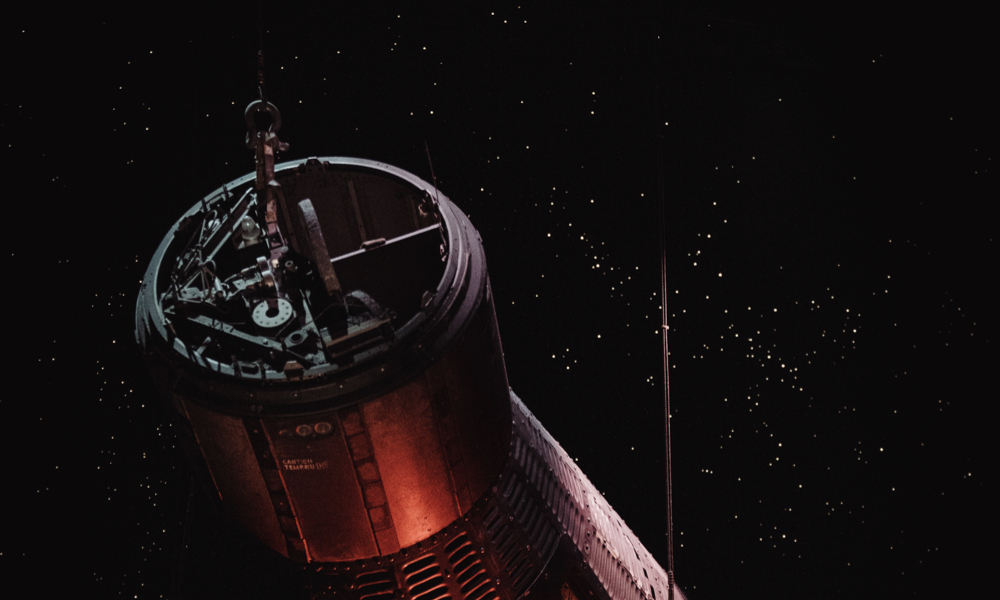
ESA Open Invitation To Tender AO8761
Open Date: 29/09/2016
Closing Date: 24/11/2016 13:00:00
Status: ISSUED
Reference Nr.: 16.197.12
Prog. Ref.: General Studies
Budget Ref.: E/0600-00 – General Studies
Special Prov.: BE+DK+FR+DE+IT+NL+ES+SE+CH+GB+HU+IE+AT+NO+FI+PT+GR+LU+CZ+RO+PL+CA+EE
Tender Type: C
Price Range: 200-500 KEURO
Products: Satellites & Probes / AOCS & GNC / Guidance Navigation Control (GNC) / Other /Ground Segment / Mission Operations / Mission Control / Flight Dynamics Systems and Mission Analysis
Technology Domains: Others
Establishment: ESTEC
Directorate: Directorate of Technical & Quality Management
Department: System, Software & Technology Department
Division: Future Prep. & Strategic Studies Office
Contract Officer: Casini, Gian Lorenzo
Industrial Policy Measure: N/A – Not apply
Last Update Date: 03/10/2016
Update Reason: Loaded a new Clarification (English version)
The Flight Dynamics System (FDS) from ground control centre and the on-board Guidance, Navigation and Control (GNC) sub-system are two critical elements in many new missions demanding fast response in uncertain environment. The early analysis and trade-off of ground and on-board activities is a must in such missions in order to quantify the mission risks and minimize the overall cost. Increased autonomy might reduce the ground operations load but increases the on-board complexity. The proper assessment of the possible operational concepts is a complex task that is currently difficult to perform. It has been shown in some missions that improper assessment and design of FDS and GNC systems has led to significant delays in the mission and increased mission cost. This activity will analyse the available solutions for the different elements of the FDS (orbit determination, manoeuvre computation, telecommand generation) and of the GNC (attitude guidance and control, image processing, relative navigation, translational guidance and control). The different techniques for each element of both systems will be mathematically defined in order to implement performance models for each solution (e.g. for the image processing function different performance models results for limb fitting, landmark matching, unknown feature tracking …). Each performance model shall consider mission parameters (e.g. measurement frequency and batch duration, ground turn-around time, maximum number of manoeuvres). The interface between the different elements shall be defined in order to specify the flight operations loop (e.g. the manoeuvre execution error depends on the navigation accuracy and attitude control among other parameters).The models shall be implemented in a toolbox that permits fast assessment of different operational concepts and FDS GNC preliminary designs. For instance, defining a certain orbit or trajectory, figures of merit for different strategies are computed (e.g. delta-V, pointing performances, on-board knowledge, position control performance at predefined waypoints). This approach permits the assessment of expected performances from early phase with poor knowledge (e.g. arrival to a solar system body) up to a later phase with improved knowledge. The mission objectives will be defined for a selection of mission scenarios (e.g. science and exploration missions, telecommunication mega constellations). The goal of the activity is to produce of new methodology for early assessment of ground and on-board operations that permit substantial cost reductions in future missions (e.g. avoiding delays due to unrealistic assumptions, minimizing operation costs and/or space segment development costs). In addition, it might start a change in the paradigm of designing and operating space missions permitting faster ground and on-board design and implementation by numerical optimization of the performance-driving parameters of the complete system
If you wish to access the documents related to the Invitation to Tender, you have to log in to the ESA Portal.
